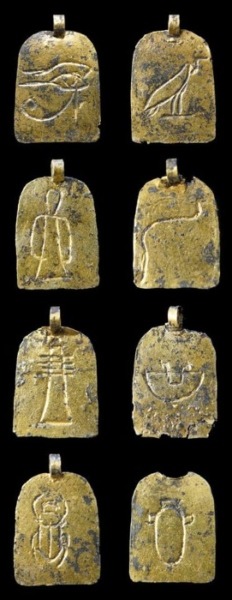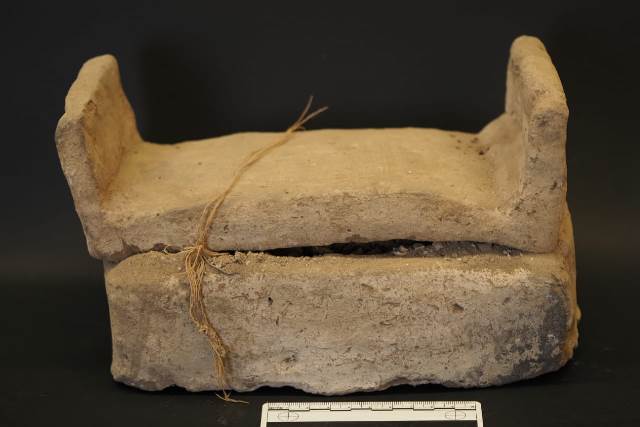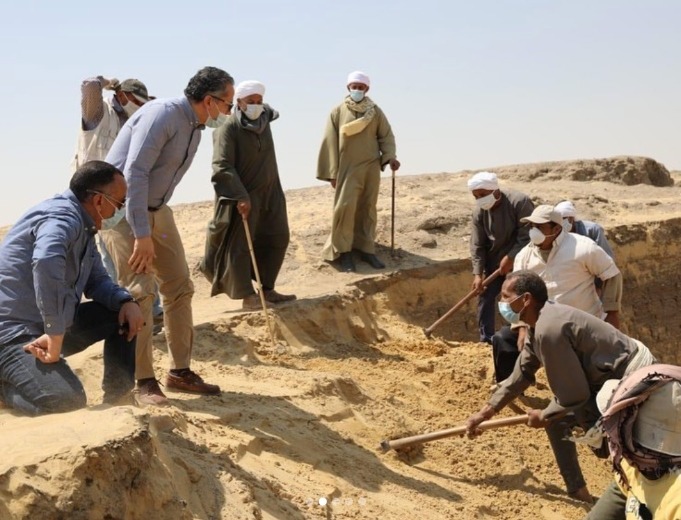Over the past few days, Egypt’s Ministry of Tourism and Antiquities has been announcing new archaeological discoveries, from different eras, through their online platforms instead of the usual press conferences in such big events. The new online reveal of discoveries is being used as part of the country’s precautionary measures to fight the coronavirus pandemic, and here are three of the latest!
Ancient cave art in North Sinai

The last discovery to be announced is an ancient cave featuring distinguished animal engravings in Wadi Al-Zalma, North Sinai. This cave is the first of its kind to be found in this area, and its carvings are different from any others found in the South Sinai valleys.

The cave is 15 meters deep and 20 meters high, its ceiling made of limestone, and it has a large amount of animal waste. Most of the carvings are found on the cave’s inner walls and the sculpted scenes include camels, deers, mules, mountain goats, and donkeys.
Studies are underway to determine the carvings’ date, and the remains of what is likely to be an ancient settlement have been found about 200 meters southwest of the cave.
A mummy dating back to the 17th dynasty in Luxor

A mummy of a teenage girl in a coffin measuring 1.75 by 0.33m was recently discovered during a Spanish-Egyptian archaeological mission, headed by José Galán. The coffin was found in Draa Abul Naga necropolis on Luxor’s West Bank.

The coffin also contained an ‘ushabti’ with text inscribed on it revealing that it belonged to the “Osiris, Djehuty” who lived in the 17th dynasty (c.1600 BCE).

There was also a small coffin made out of mud on the opposite side of the mud-brick chapel, with string tying it together.
Burial shaft in Saqqara
On World Heritage Day, Dr. Khaled El-Enany, Egypt’s Minister of Tourism & Antiquities, announced a new discovery made by the Supreme Council of Antiquities; a burial shaft of 120 by 9 cm and a depth of 9 meters. At the end of the shaft, there were five limestone sarcophagi, as well as four wooden coffins with human mummies inside.
This is the same area that witnessed huge archaeological discoveries in the past two years, including the tomb of Wahtye, from the 5th dynasty.



